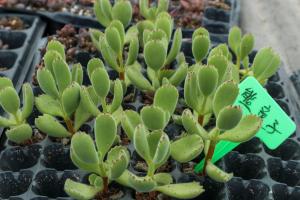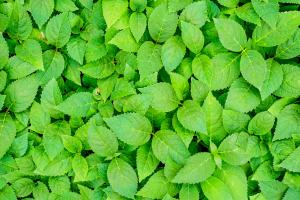Introduction
Hawaiian trees are known for their beauty and unique characteristics, and planting cuttings of these trees can be a great way to bring a piece of Hawaii into your home or garden. In this article, we'll discuss the steps involved in planting cuttings of Hawaiian trees so you can enjoy their beauty for years to come.
Step 1: Choose the Right Time to Plant
The best time to plant cuttings is usually in the spring, when temperatures are mild and plants are actively growing. It's important to choose a time when the weather is not too hot or cold, as extreme temperatures can stress the plants and reduce their chances of survival.
Step 2: Gathering Cuttings
Before you start, make sure you have a sharp, clean pair of pruning shears. Next, identify the plant you want to propagate and choose a healthy branch. The branch should be about 6-8 inches long and have several nodes – the points on the stem where the leaves grow out.
Cut the branch at a 45-degree angle, just below a node. Make sure the cut is clean and not ragged. Once you have the cutting, remove any leaves from the lower half of the stem. This will prevent the cutting from using its energy to maintain the leaves and instead focus on developing roots.
Step 3: Preparing the Cuttings
Before planting the cuttings, it's important to prepare them properly. One method is to dip the cut end of the stem into rooting hormone powder, which will help stimulate the growth of new roots. Make sure to tap off any excess powder so that the cut end is just lightly coated.
Another method is to wrap the cuttings in damp paper towels and store them in a plastic bag for a few days until small roots begin to sprout from the nodes. This method can be slower, but it can also yield more roots in the long run.
Step 4: Planting the Cuttings
Once the cuttings are prepared, it's time to plant them in soil. Choose a pot with a drainage hole and fill it with a high-quality potting mix. Make a hole in the soil with a pencil or dowel, then insert the cutting into the hole up to the first set of leaves.
Press the soil firmly around the cutting to ensure good contact, then water well. Cover the pot with a plastic bag to create a greenhouse effect, which will help retain moisture and create a humid environment for the cuttings to root.
Step 5: Caring for the Cuttings
After planting, it's important to care for the cuttings properly to ensure they thrive. Keep the soil moist but not waterlogged, and mist the foliage regularly to maintain humidity. Place the pot in a bright location, but out of direct sunlight or hot drafts. After a few weeks, gently tug on the cutting – if you feel resistance, then the root system is developing well.
Conclusion
Planting cuttings of Hawaiian trees can be a rewarding way to bring the beauty of Hawaii into your home or garden. By following these steps and providing proper care, you can successfully propagate a variety of Hawaiian trees and enjoy their unique beauty for years to come.

 how many times do yo...
how many times do yo... how many planted tre...
how many planted tre... how many pine trees ...
how many pine trees ... how many pecan trees...
how many pecan trees... how many plants comp...
how many plants comp... how many plants can ...
how many plants can ... how many plants and ...
how many plants and ... how many pepper plan...
how many pepper plan...






























